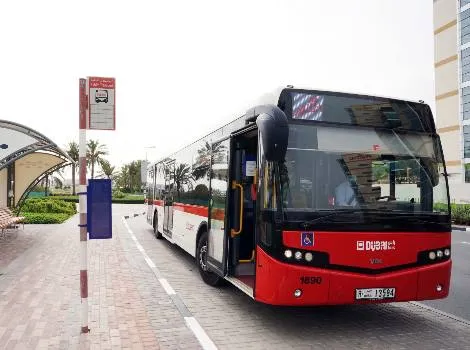Cubic Transportation Systems’ (CTS) Ventra, the account-based open payment system launched in 2013 for the Chicago Transit Authority (CTA) and suburban bus operator Pace, has processed more than one billion account-based journeys.
CTA, with daily ridership of 1.6 million journeys, is the first major transit system in North America to implement account-based open payment and is Cubic’s first large-scale deployment of its NextAccount technology.
Ventra supports both account-based processing through an a
May 19, 2016
Read time: 1 min
CTA, with daily ridership of 1.6 million journeys, is the first major transit system in North America to implement account-based open payment and is Cubic’s first large-scale deployment of its NextAccount technology.
Ventra supports both account-based processing through an agency-issued smart card, as well as open payment which enables customers to ‘pay as you go’ with bank cards they already have or through mobile payment platforms.
Ventra moves passenger data and stored value from the card to the back office, along with fare policy, products and pricing, making it easier for agencies to manage changes and creating greater security and convenience for customers.









